Tokyo RPG Factory established a name for itself with its first release, I Am Setsuna. The problem is that it wasn’t necessarily a good name.
Setsuna tried too hard to be like Chrono Trigger and ended up mimicking Final Fantasy X instead, with its complex skill tree and very, very familiar and comfortable story. Lost Sphear came later to shake things up, but it repeated some of Setsuna‘s faults, with repetitive and unbalanced gameplay, along with a definite sense of blandness.
Now we’ve got Oninaki coming up on August 22, with a demo that launched today for Nintendo Switch and PlayStation 4. Does it repeat the sins of the past or is it shaping up to be a quality experience?
Dying to Live
The world of Oninaki is built around death and rebirth, with the former tending to influence the latter. People who die with no regrets can move on to rebirth and a chance at living a better life. There’s a catch, though. Loved ones who remain alive must swallow their grief, else it acts as a tether and turns souls into the Lost, which basically means they’re ghosts who can’t go anywhere.
Enter the Watchers, a group of people who can travel between the realms of the living and dead to help the Lost cross over. There’s a third group of beings called Daemons who, for one reason or another, can’t be banished or reborn; they form bonds with Watchers and help them in combat.
The worldbuilding and plot setup are surprisingly dark, rife with emotional trauma and a tangible sense of loss throughout the demo segment. Death is part of daily life in Oninaki, with people constantly dealing with it somehow or another, or not dealing with it, as the case may be.
Add a bizarre cult, mass suicide, and some unexpected plot developments early on that involve you murdering parents who want to join their dead son — at their request, no less — and you’ve got a hugely different setup from Lost Sphear and Setsuna. More importantly, it’s a compelling narrative in its own right thanks to how it handles its themes.
One of the most interesting elements is the Daemon Lore portion, where you can unlock the stories of your Daemon’s past lives. It’s a lot like Xenoblade Chronicles 2‘s Blade quests in how they vary the storytelling and characterization, only — surprise! — these tend to be heavier.
In general, characterization is somewhere between nuanced and cliched. Yet the setting keeps it from seeming stale, unlike earlier Tokyo RPG Factory offerings, even if it can’t always save the dialogue from its stiffness.
Keeping Things Fresh
Oninaki‘s combat borrows a lot from franchises like Ys. Kagachi, the game’s protagonist, has a basic attack you can chain together several times for a combo, plus special skills that come from the Daemons bonded with Kagachi at the time, of which he can hold four at any given moment. However, only one can Possess him, which is a sinister-sounding way of calling it the active Daemon.
Each Daemon starts with one combat skill and a secondary skill — like jump or dash — and others can be unlocked on a skill tree with Soulstones. Apart from combat skills, Daemons can have passive skills that increase Kagachi’s stats as well. You can assign up to four skills once they’re unlocked.
Part of the strategy in combat is figuring out which skills to use at what point because they all have a cooldown timer. The other part comes from choosing the right Daemon for each situation.
There’s more to it, including managing Affinity rates in battle and ranking up your bonds. However, the gist of this is that it’s all much more streamlined than Tokyo RPG Factory’s previous efforts, and you actually have more opportunities to take advantage of the abilities made available.
There’s no denying trash mobs are lame. They do low damage even on the Hard setting, and they usually stand around without doing anything anyway.
Swarms of them can cause problems, but the real challenge comes from larger monsters and bosses, which require careful Daemon management, pattern recognition, quick thinking, and thoughtful skill usage.
It’s just a shame you don’t see that until a bit later in the demo, though presumably, challenging combat and enemy variety will be more prominent as the game progresses.
Oninaki looks good, too, much better than Setsuna and Lost Sphear. It’s not cutting edge by any means, and the character models are stiff in a way you’d expect from previous-gen games. However, it does make better thematic use of color, and the game’s regions are wildly different from each other.
Ultimately, all ARPGs run the risk of being button-mashing grindfests, but Oninaki manages to keep things interesting with Daemon switching and skillsets. While the demo doesn’t cover a whole lot, the plot and setting seem more than enough to set the game apart from its less interesting predecessors.
Oninaki has the misfortune of releasing right before Platinum’s big-budget Astral Chain, but if you’re looking to dig into an intriguing mid-tier game, the Oninaki demo is worth a try.

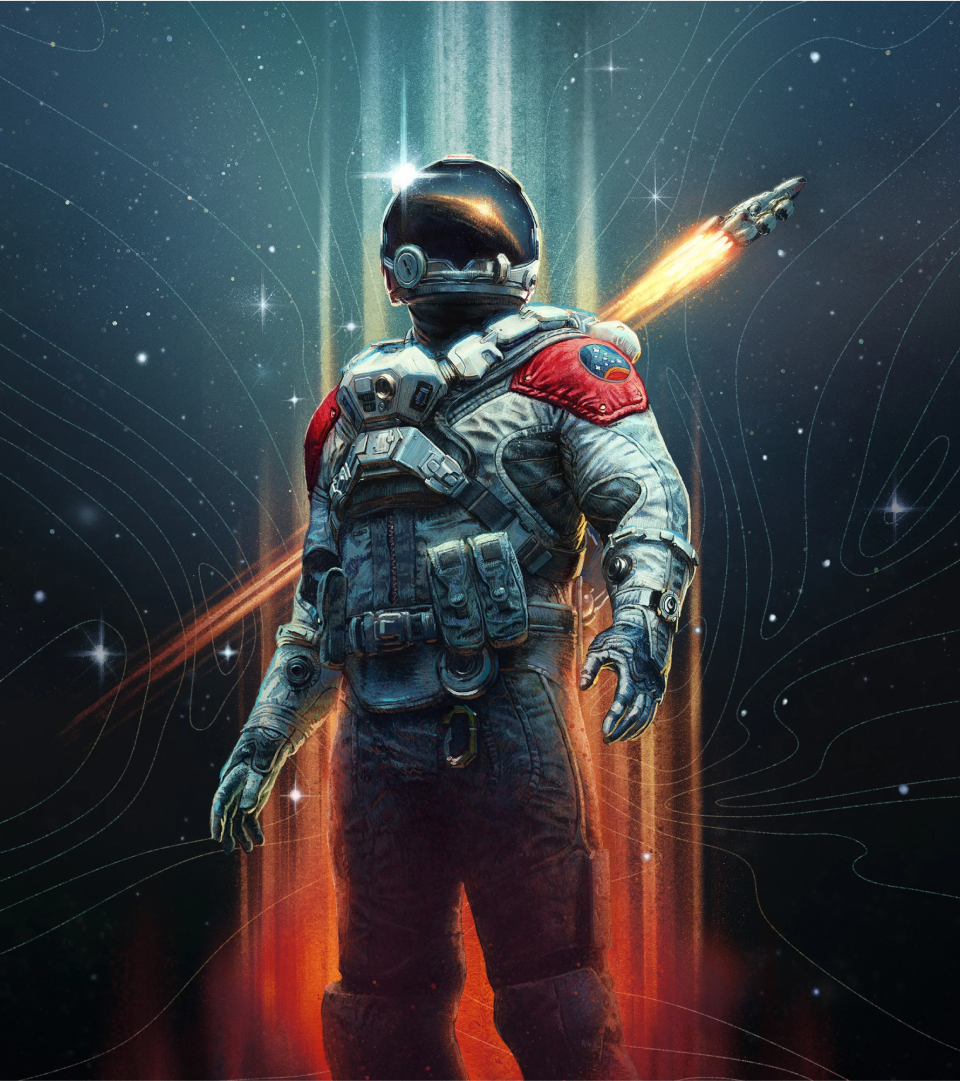
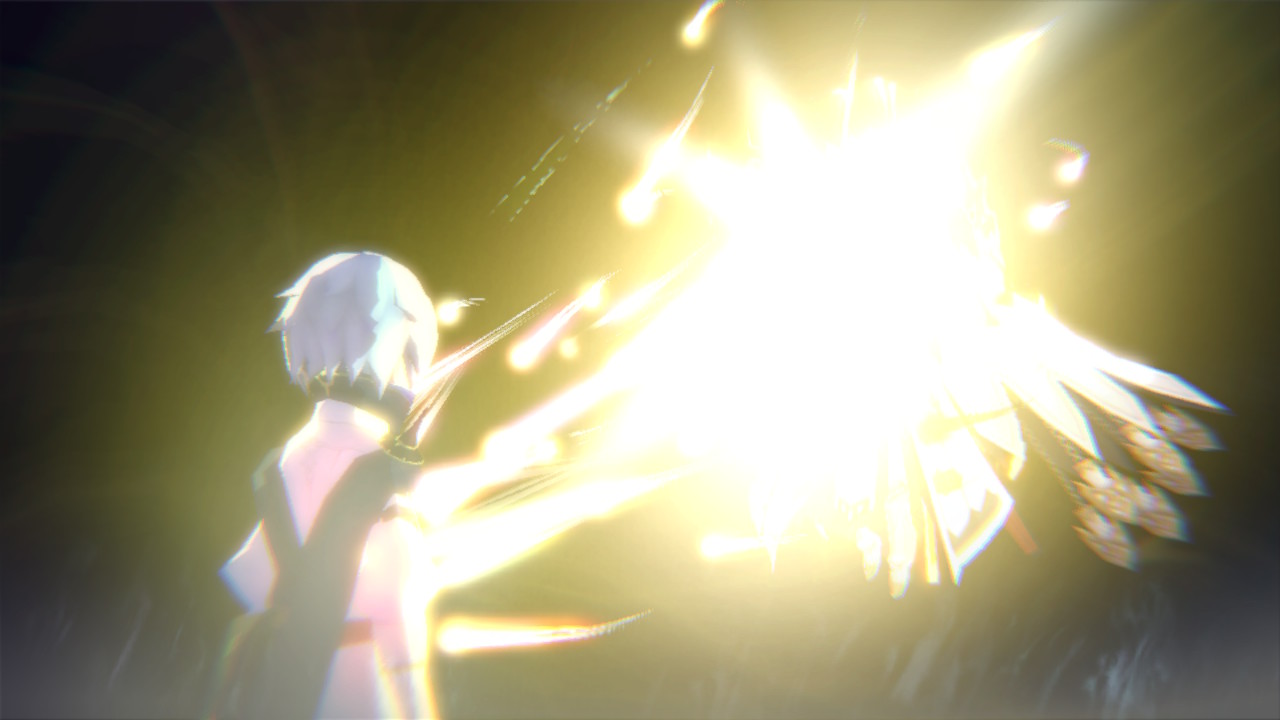
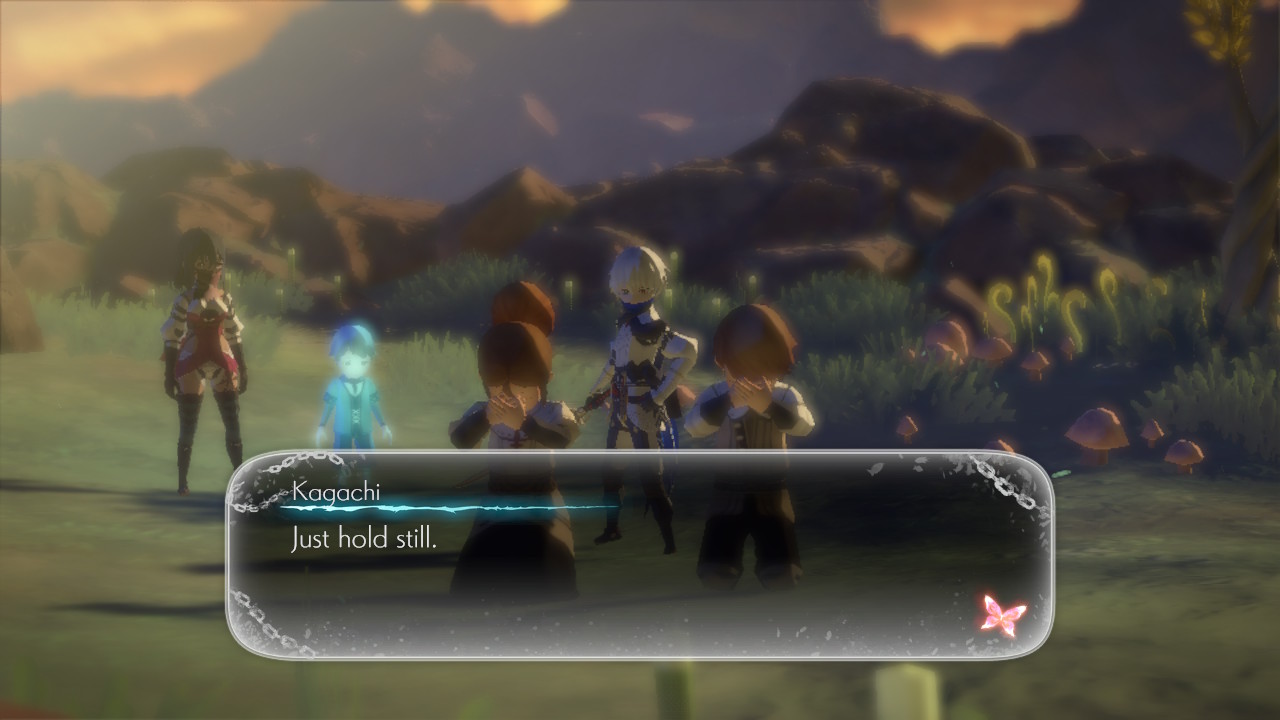
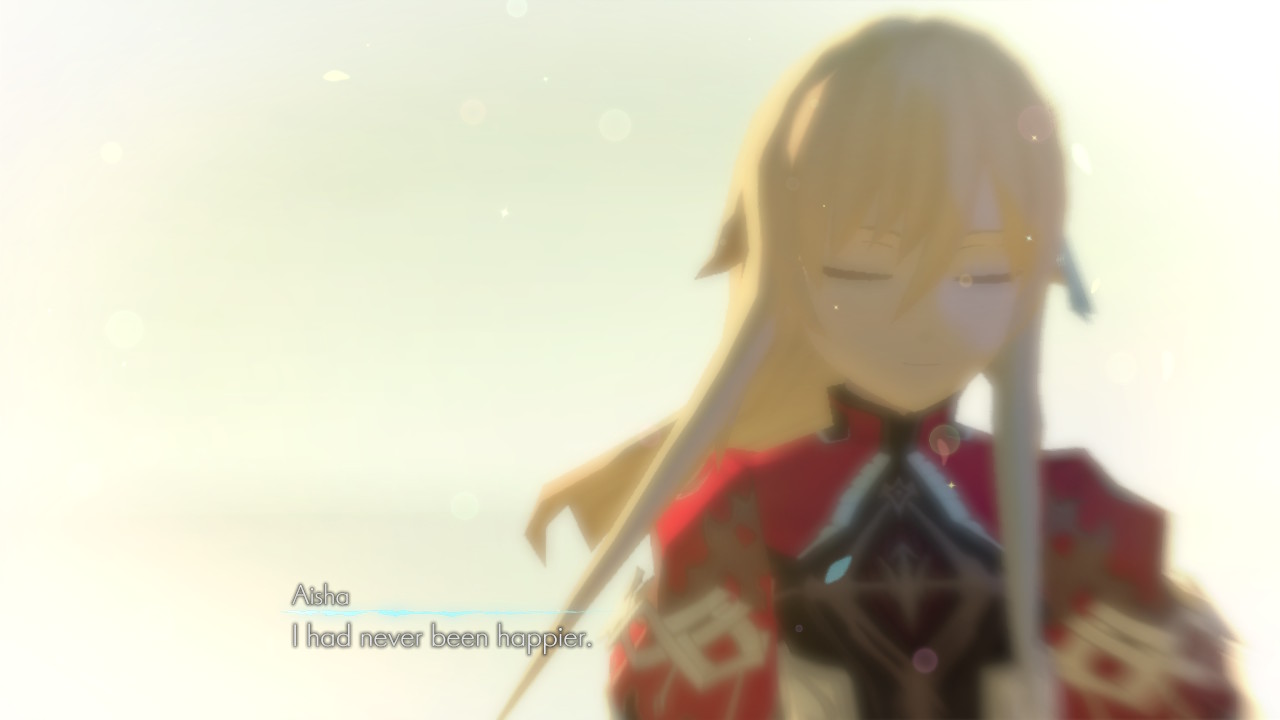
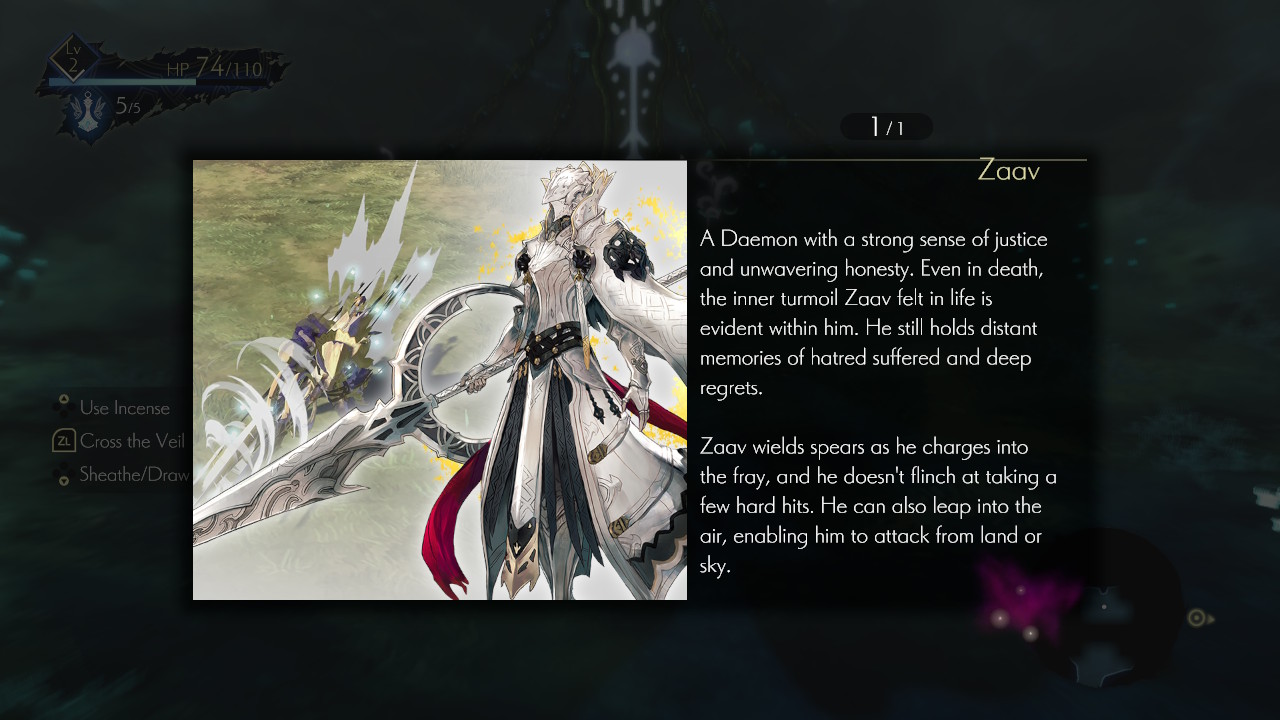
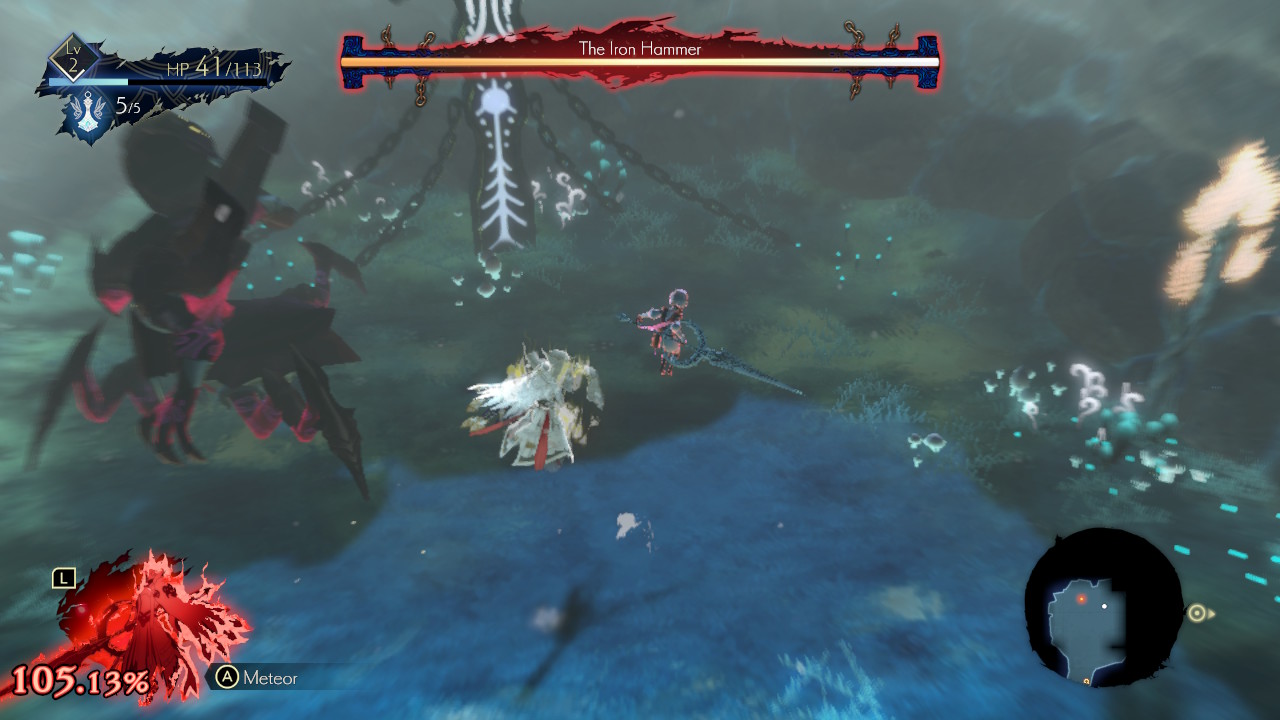




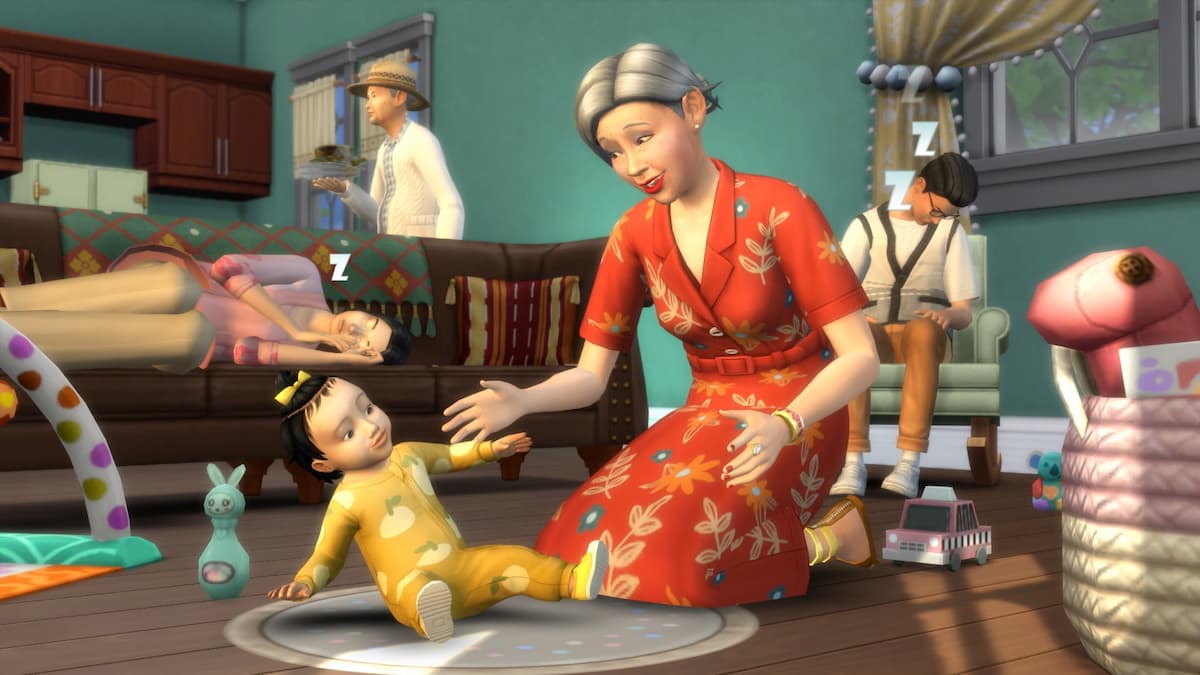
Published: Jul 23, 2019 04:10 pm